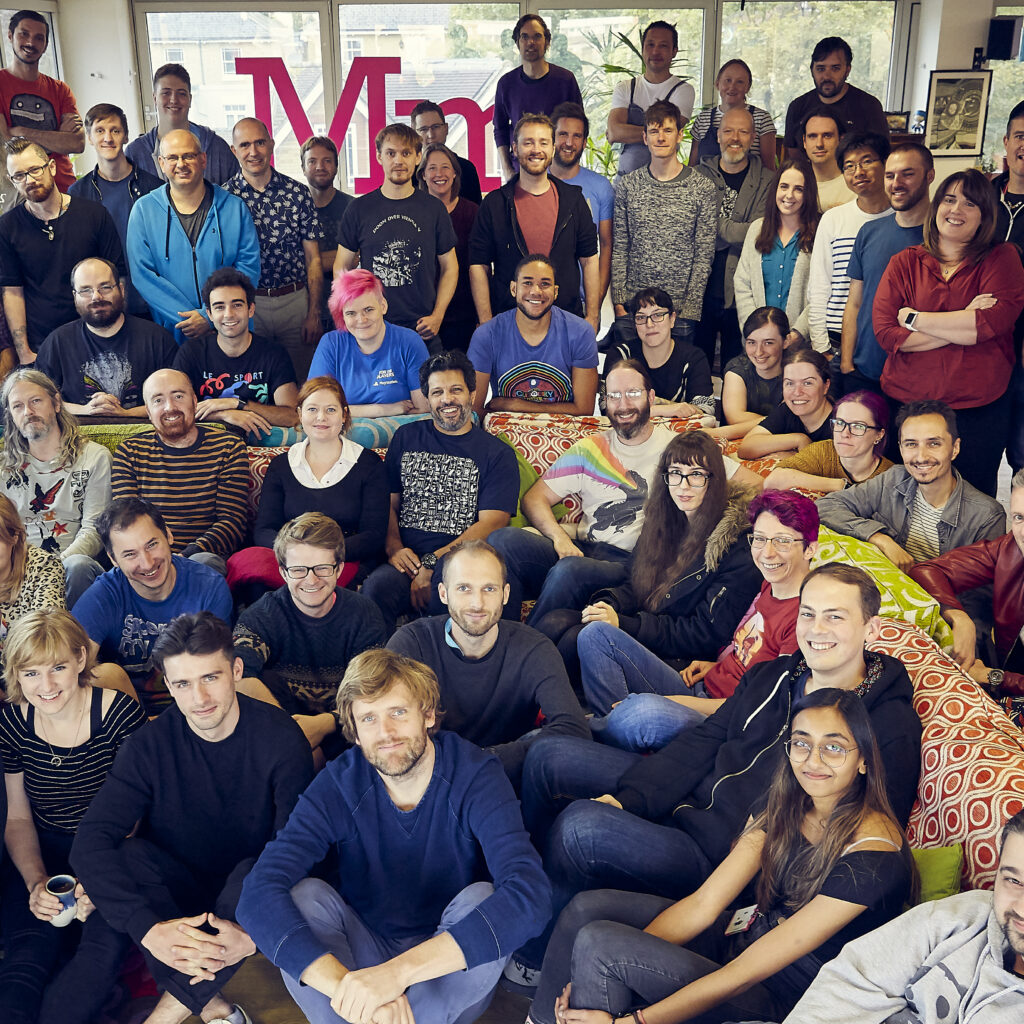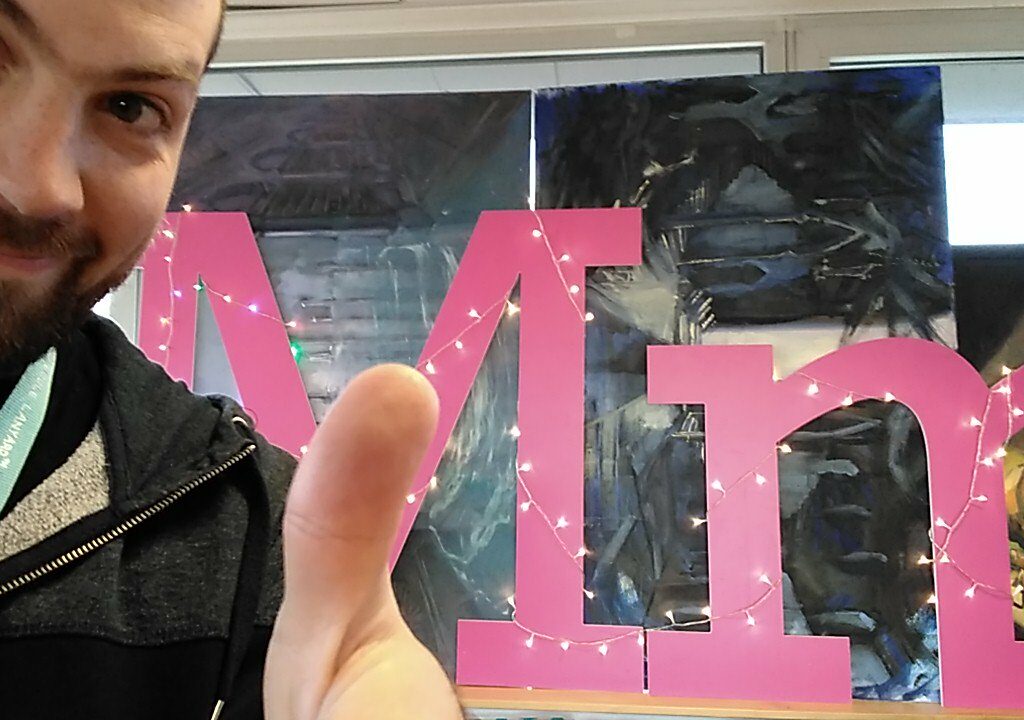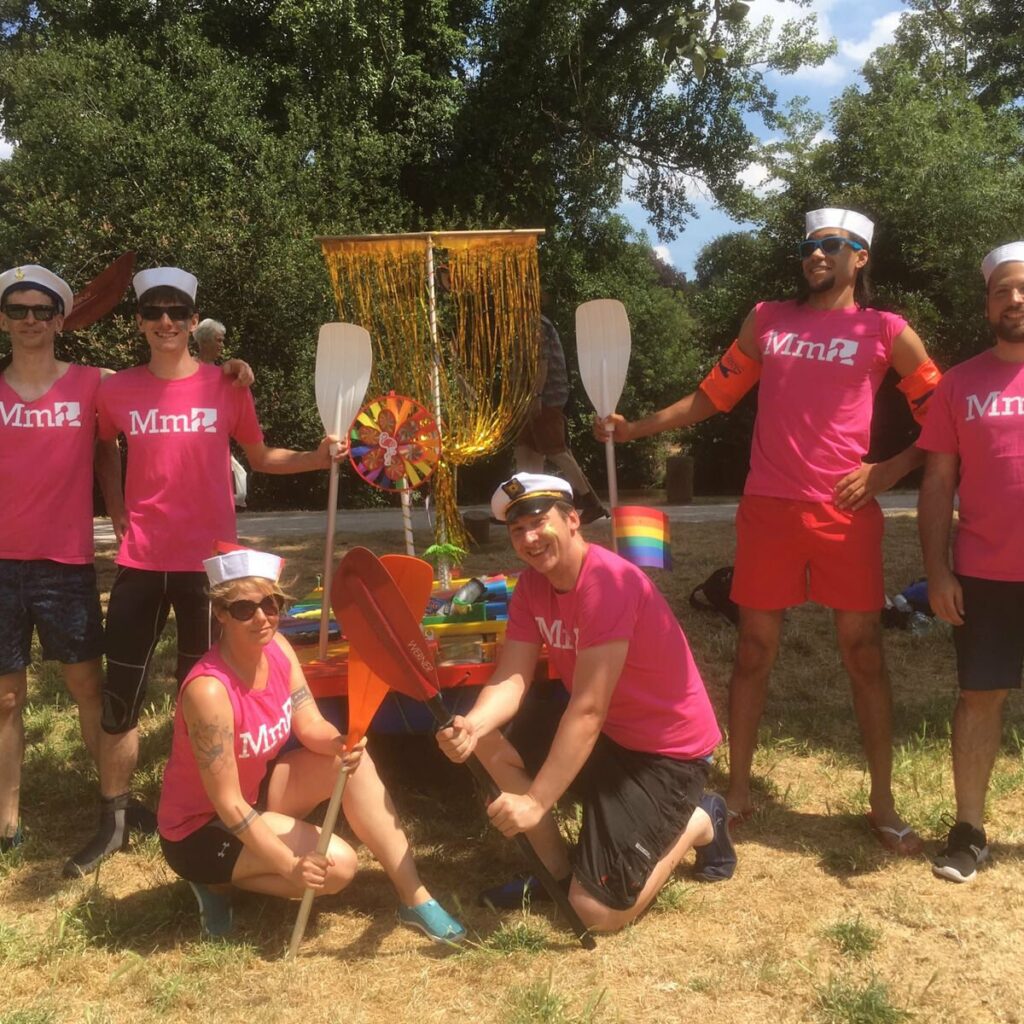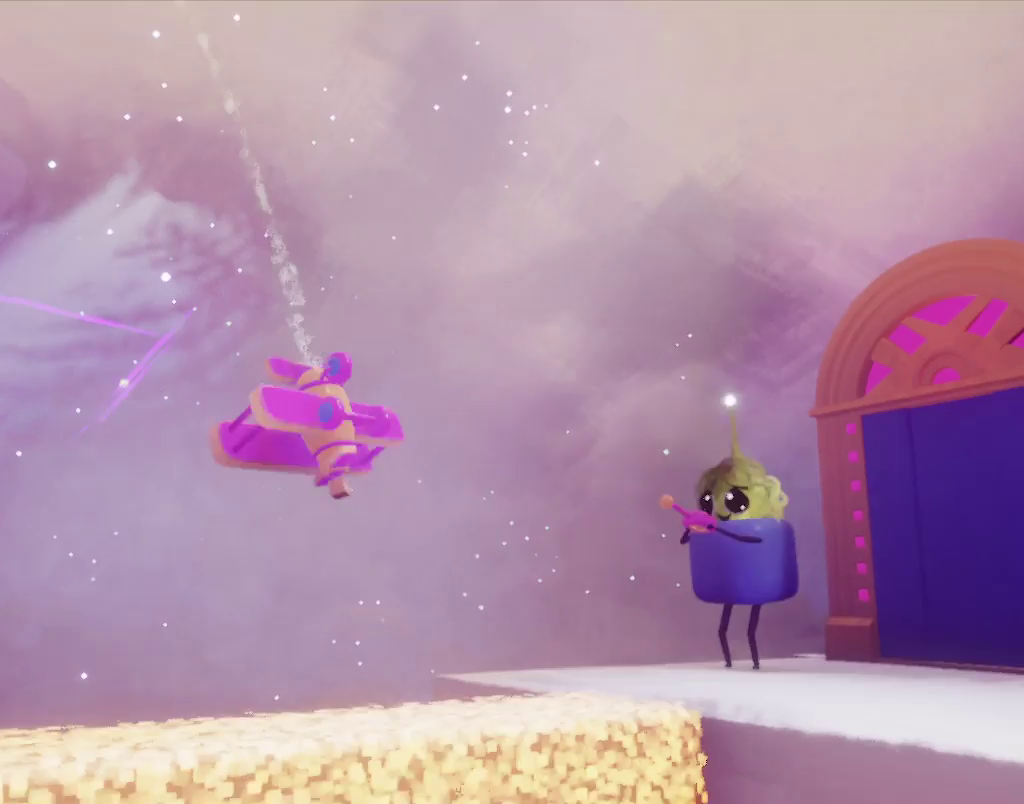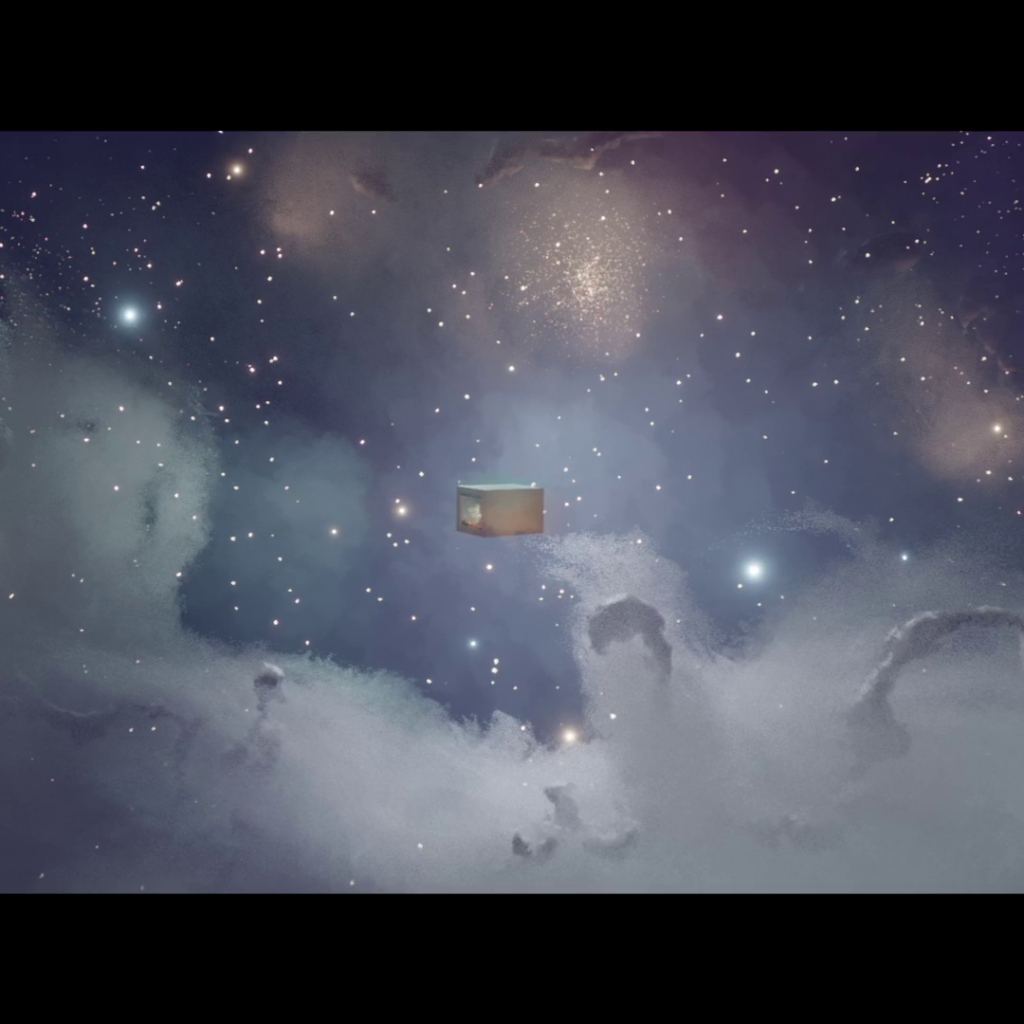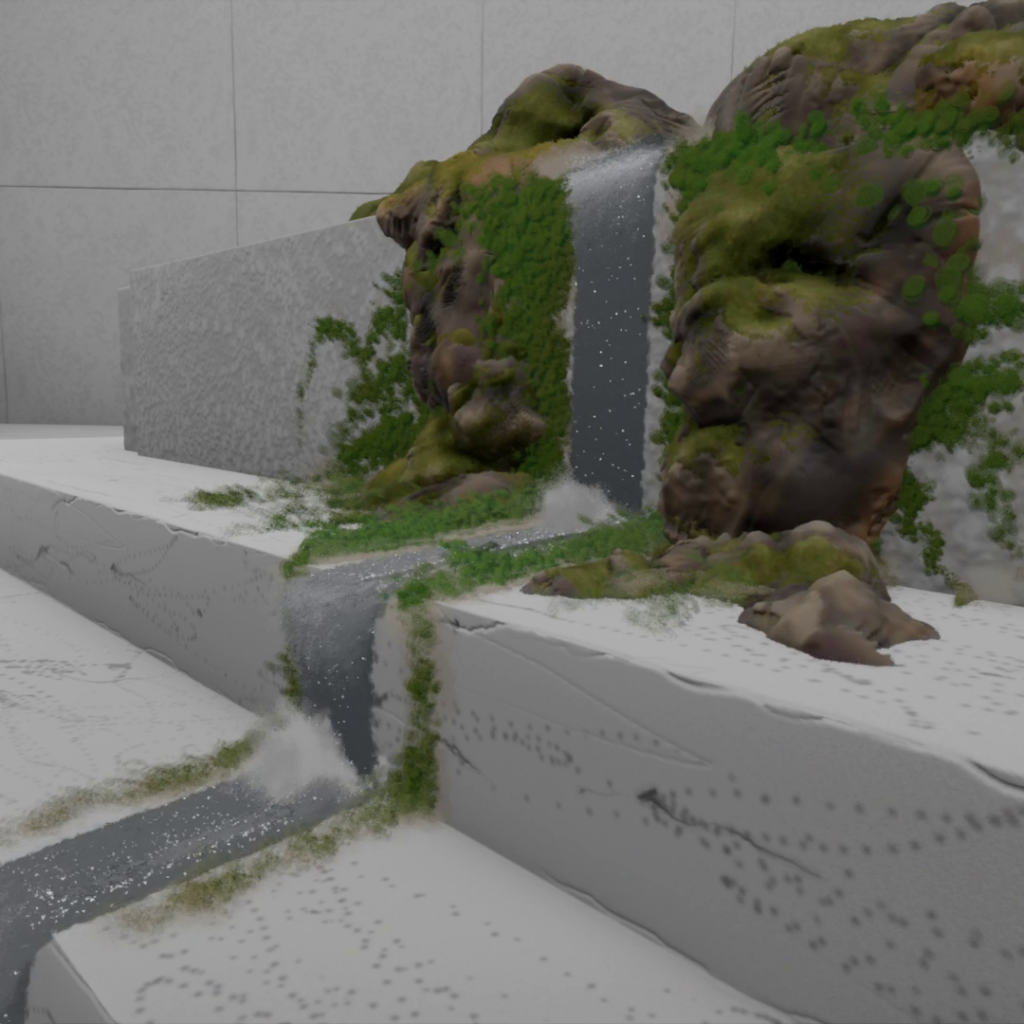Pablo Lopez Soriano
Game artist and animator Pablo Lopez Soriano is currently working at Media Molecule where he has joined the creative animation team working on the highly ambitious project Dreams. Developed for PlayStation 4, Dreams aims at providing an accessible and inspiring creation system for players. In-game, you should not only be able to create inventive works that break genres and conventions but also be able to collaborate with each other and share your projects for everyone to play. Before joining Media Molecule, Pablo studied Audiovisual Communication in Gandia, Spain and spent his Erasmus year in 2011 at Köln International School of Design. There, he was recommended to join the Cologne Game Lab where he then started with the Master’s degree course ‘Game Development & Research’ back in 2013.
Follow Pablo on Twitter here!
Media Molecule’s projects are well known for their unique degree of player freedom and creativity. How would you specify your occupation at the studio and its work environment?
PABLO: My title at Media Molecule is Principle Animator but my role has been diverse because it is quite a flexible work space. The tasks that we do at Media Molecule are often multidisciplinary. It’s similar to jamming in a jazz band, sometimes you improvise but everyone has a common goal and direction.
Media Molecule is trying to keep that spirit of being a small and open company. Even though we are growing as well, we want to keep the culture where everyone can contribute and creatively influence the company and its projects. I think that this is amazingly unique.
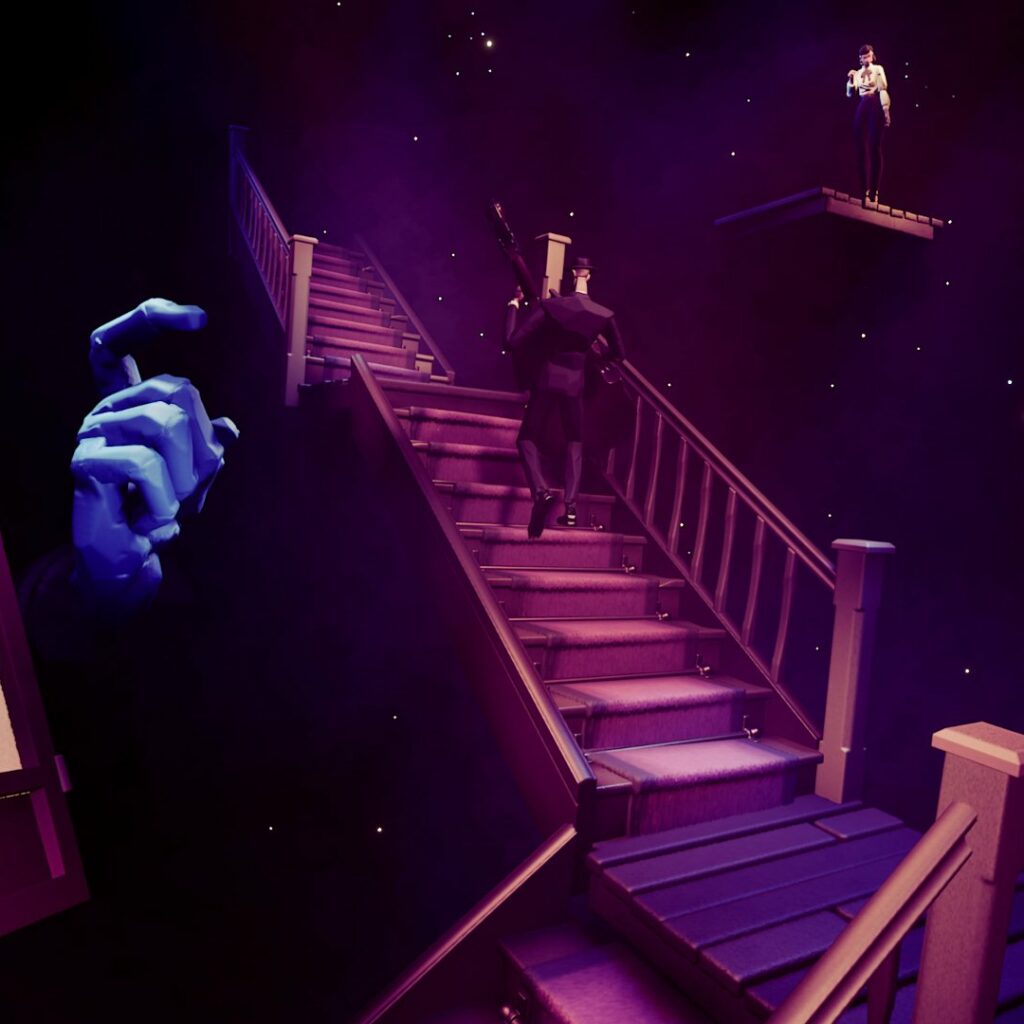
The Cabin 
The Chill Out Song 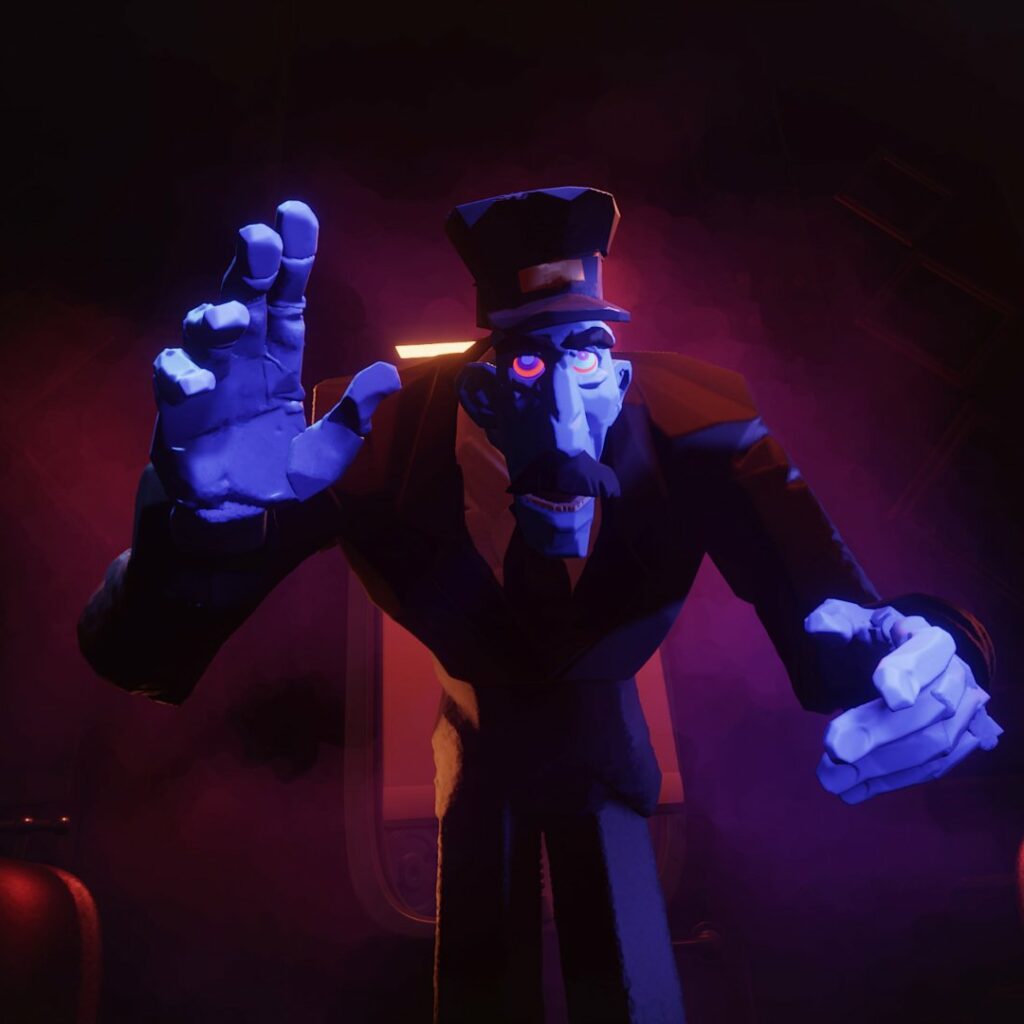
The Chill Out Song
Obviously, it can get messy sometimes and it might not be as efficient as a well-oiled studio with fixed structures but the advantages in our case definitely outweigh the disadvantages. Everyone is more engaged with the company and believes in what we’re doing.
Regarding team communication and your role as an animator, how different was the work on Dreams compared to developing games that contain more traditional and linear contents?
PABLO: I would compare this to the way how the open source tool Blender is being developed. Blender Foundation has an animation studio where both artists and developers sit directly together to create short films. When they make these short films, the animators and artists ask for the features the developers should focus on. It’s a fun process of animating something and then thinking about how the tools could change and improve to give me better animation abilities.
And I felt that Media Molecule is similar to that where programmers and artists sit together to make these processes happen. So we are animating with Dreams and its tools to see how we could do our jobs better and easier. We would then show to the programmers sitting next to us our results but also suggest certain features for our tools. That was a challenge because you are not focused on only doing your job as an animator well but also the tools you are using. And I loved that.
The additional challenge was animating not in established software tools such as Blender, but animating in a whole different way in Dreams itself. Learning and embracing a unique software which you never used for animation before was hard and rewarding at the same time. Apart from fundamental aspects such as the feeling, timing and principles of animation, you had to relearn from scratch how to use your animation tools.
Dreams is more of a puppeteering suit. You animate and implement your characters with the logic tools of Dreams. You are animating characters in real-time using the PS4 controller. You prepare them with a set of keyframes, record their poses and then you wire the controller buttons to the keyframes. Puppeteering is the core of animating in Dreams.
Which observations about player engagement did you and your team make after releasing Dreams to the public?
PABLO: We have learned that the users of your tools will always come back to you with something you have never expected and you don’t even know how they did it. Already in our early access and beta phases, everyone of us was amazed by the first creations players made. It was really fun to see!
That’s why it was so important to us to have a full year of early access to see how people used the systems and what their quirks and the players’ needs were. It was really important to let them play, observe how they learned, and use that to inform the design of the tools.
And even now, almost a year and a half after release, we see every day player creations which are surprisingly good. People are still innovating. This is happening ever since we have opened the door to people to use Dreams. We don’t stop being surprised by what people are able to create.
The main thing I love about what people create in Dreams is that they are not thinking of marketability. They are just making things up that they want to play themselves – so you see really unique stuff that otherwise would have never been created. If you think of selling points, you are going to study the market and develop something that appeals to the people but in Dreams you are not selling to anyone. You just want to make something because it is fun making it for yourself.
And that’s exactly what the community is discovering. They discover genres that didn’t exist before or you can’t even define. I love to see the art people are creating and putting it out there. I love to see people being able to express themselves however they want to. We have also been observing that many players are discovering for themselves how creative they actually were. For me, that’s one of the main values of Dreams – the creations are not for the market but for the players themselves.
“The users of your tools will always come back to you with something you have never expected and you don’t even know how they did it… You see really unique stuff that otherwise would have never been created.”
Back at Blender Conference 2014, you were giving a talk where you elaborated on the systems of Free Culture and how our culture can only benefit from Open Source tools. Can you specify how Free Culture has developed since then in your opinion? How is Dreams related to Free Culture?
PABLO: In terms of Free Culture and Creative Commons, I have seen an increased use of Creative Commons as a license for art, but I haven’t seen video games approaching it at all. Nothing has changed in terms of releasing code as open source. There are some amazing and exceptional people such as Blendo Games who often release the code of their games. Nonetheless, I haven’t seen video games adopting Open Source as default as much as I would have liked to.
Historically, the modding scene is proof that everyone can enrich culture by remixing content. Mods themselves are under the copyright rules of the games, so it is not exactly Free Culture. However, it still proves that this approach to creativity is amazing and only positive.
In Dreams and the Dreamverse, the platform where people can share their contents, created elements are remixable by default. Remixable elements could either be a piece of music, a sculpture, characters or a bunch of logic. That means that other people can reuse them in their own scenes after sharing them on the Dreamverse. This is only helpful for everyone. I am so happy to see that Dreams is indirectly teaching people about the Free Culture movement and that they discover for themselves how amazing it is to share. We should not be too strictly attached to our intellectual properties or creations. Let your creations be free and people can only do more with that!
“I am so happy to see that Dreams is indirectly teaching people about the Free Culture movement and that they discover for themselves how amazing it is to share.”
What would you as a CGL alumni like to convey to the students of today?
PABLO: Teamwork is something valuable that you learn in your studies and it’s something that you will need in any case in your life. As well as self-motivation which is something Media Molecule values a lot. These are skills that allow me to enjoy my job and be able to also push for new things. At Media Molecule, we are looking for self-motivated people with not just a wide range of skills but also interested in learning new and different things. You should be flexible in terms of acquiring new knowledge as well as leaving some things behind.
My studies were really multidisciplinary. When I was at KISD and later CGL I understood that initiative and self-motivation were very beneficial for one’s development. At the same time, I am aware that not everyone is comfortable with this kind of freedom and prefer a guided approach. My studies felt more like a playground.
One more thing that I can specifically recommend to 3D artists is that learning 2D animation or 2D drawing will always help you produce better 3D art. One reason for this is that the final image you create is probably going to be displayed on a flat screen. When I am animating in 3D, I always watch out for certain 2D concepts such as silhouettes and shapes. Understanding these concepts gives you a framework and a better understanding of your processes. I really appreciate the times in my studies where we were asked to practice our skills in 2D animation.


